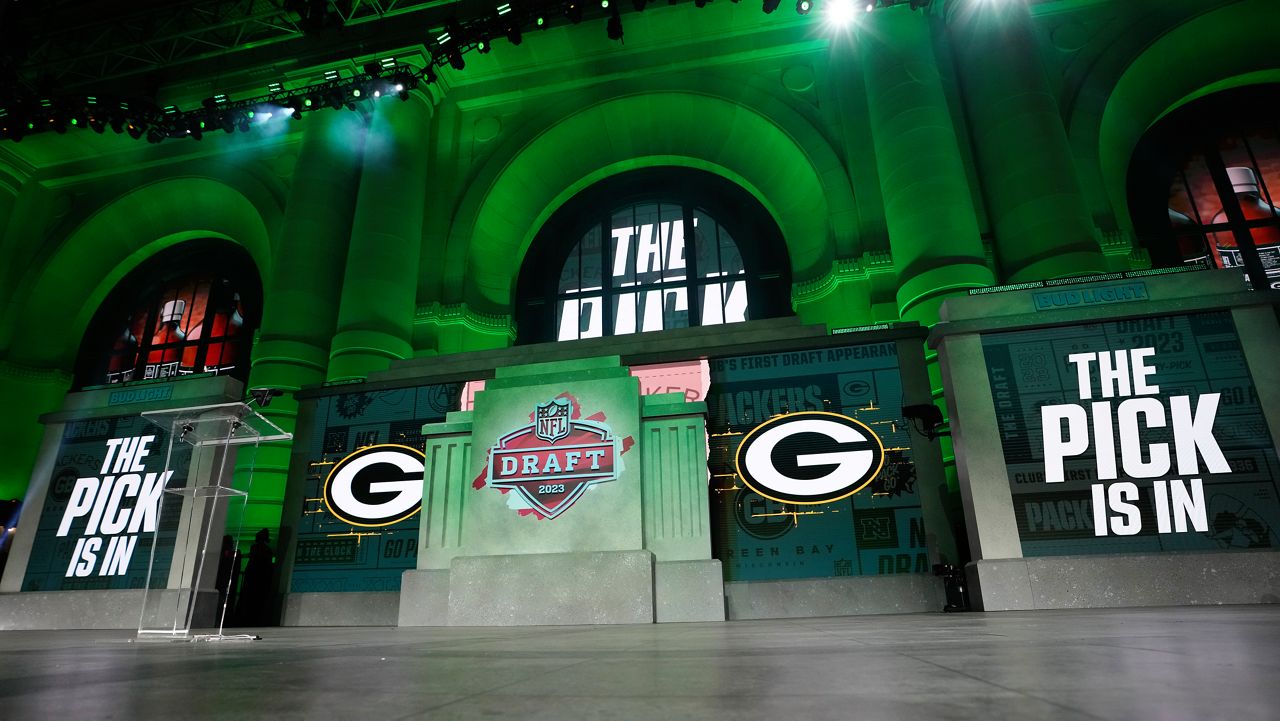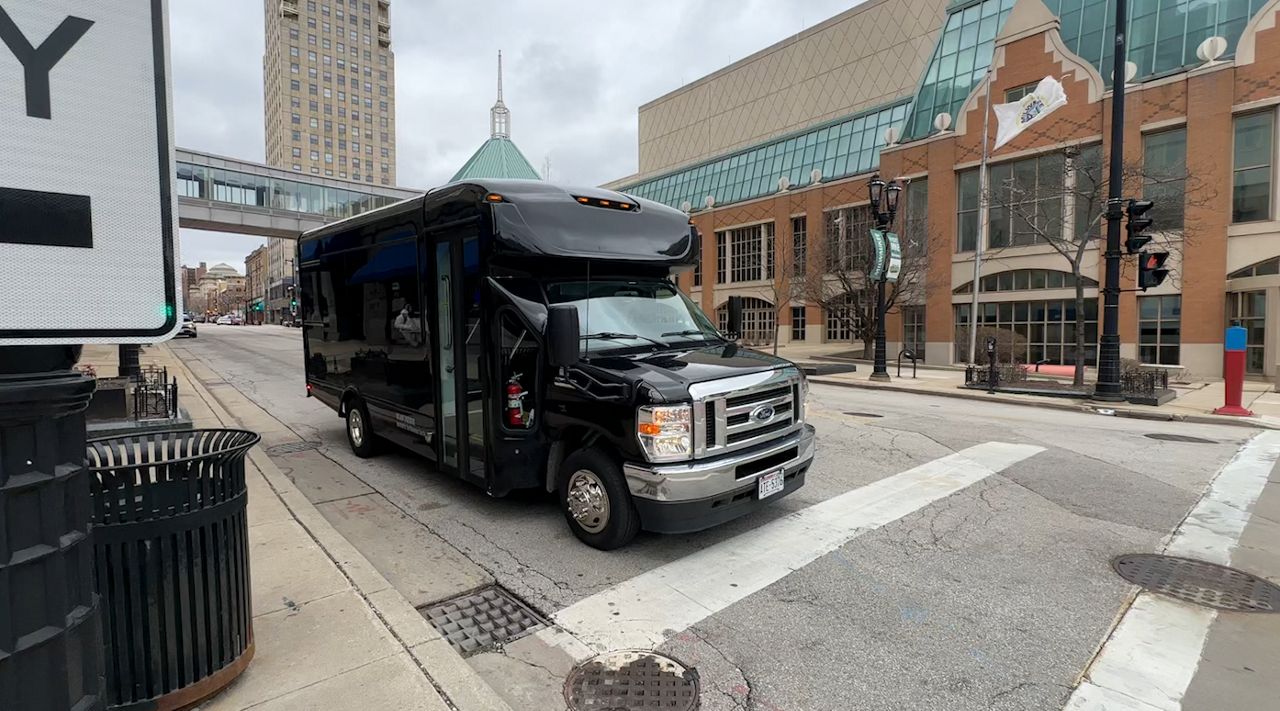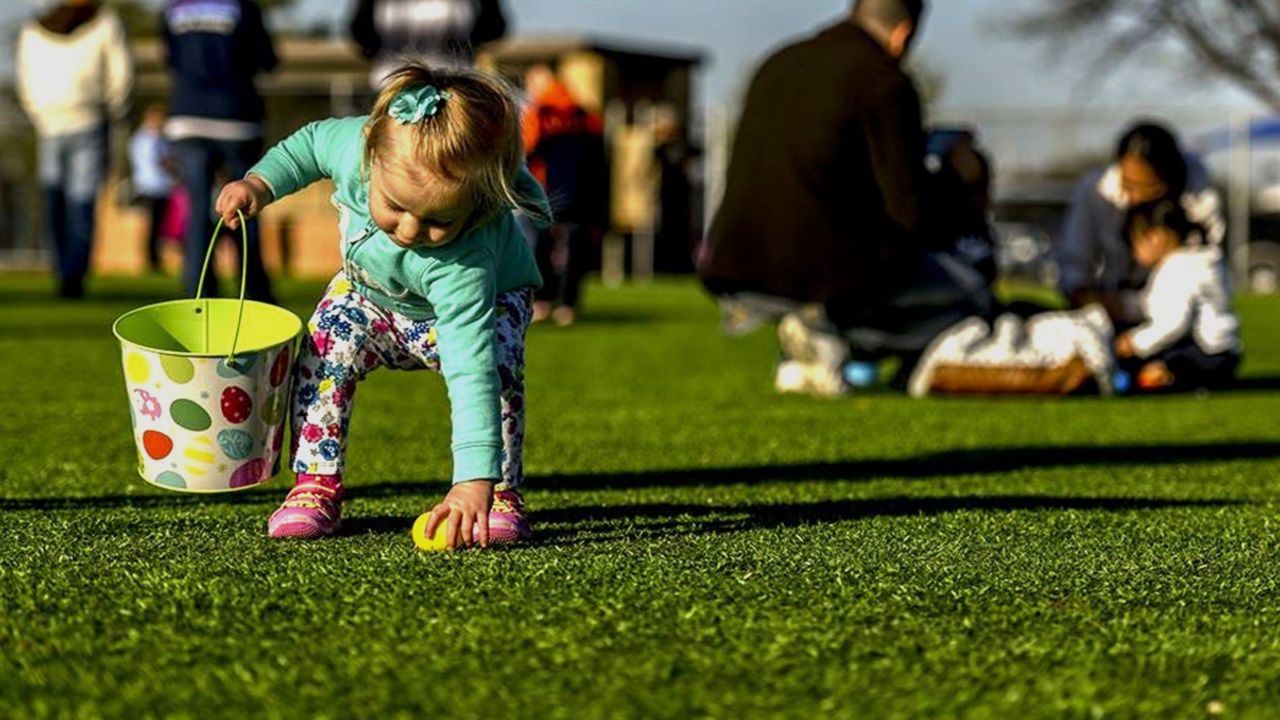GREEN BAY, Wis. — The office chair shudders slightly with each thud as a machine recreates someone taking a seat.
This happens all day and all night in the KI test lab near Green Bay, Wis.
“We’re running the products through a rigorous set of test standards that is going to ensure the product is number one, safe. And number two, it’s going to have a good long life,” said Tim Hornberger, KI’s vice president of design and development.
KI designs and makes commercial furniture for schools, businesses and health care facilities.
Its furniture must meet specifications set by the Business and Institutional Furniture Manufacturers Association.
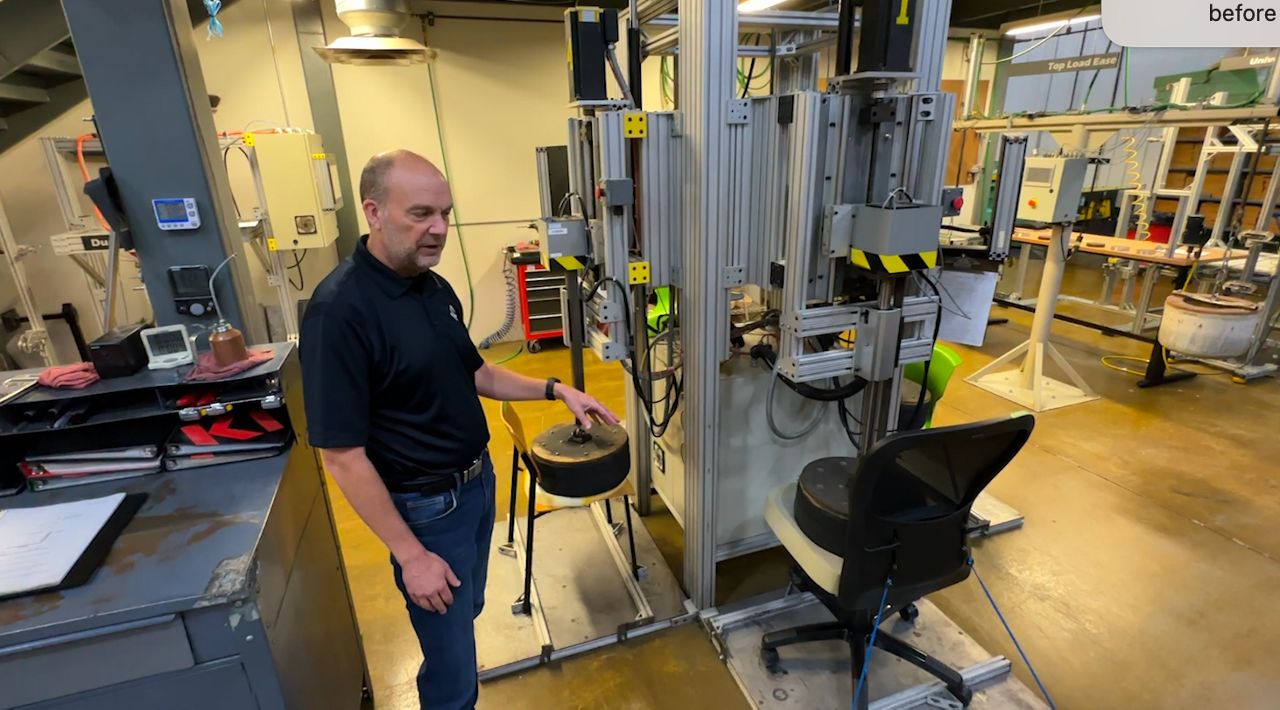
These products will take a lot more wear and tear than furniture found in a home.
“Your home furniture is not really being used a good chunk of the day. Some of the markets we serve, education, a health care setting or a business setting and that furniture is really undergoing some good abusive use for eight hours a day, five days a week, 52 weeks a year,” Hornberger said.
“A lot of the furniture you’d buy at home if we were to run it though our test lab, we would show it probably breaking down under those kinds of environments in maybe two to five years instead of the 15-plus years we target for our furniture,” he said.
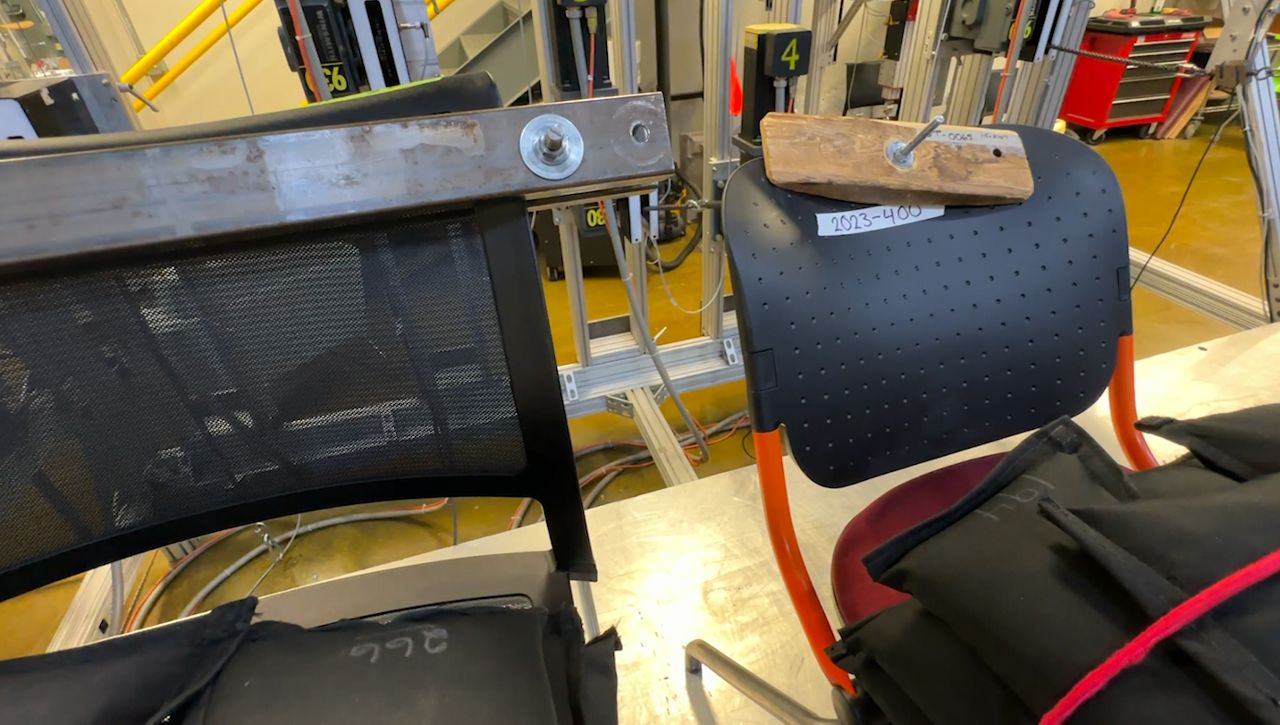
Nathan Milquette is the test lab manager. Part of his job is designing equipment and tests to replicate real-world use.
“A good day is to see a machine run,” Milquette said about building equipment that can test specific aspects of the furniture.
“From the very beginning, when I start and have the concept and start getting the parts and putting it together and then seeing it accomplish the task I actually wanted to complete,” he added.
KI officials said a decade of use can be simulated in about a week. Some tests push products to failure.
“We usually see what happens and we can bring that to the engineers and give them the tools to help design it better so the next time they bring it here it will pass,” Milquette said.
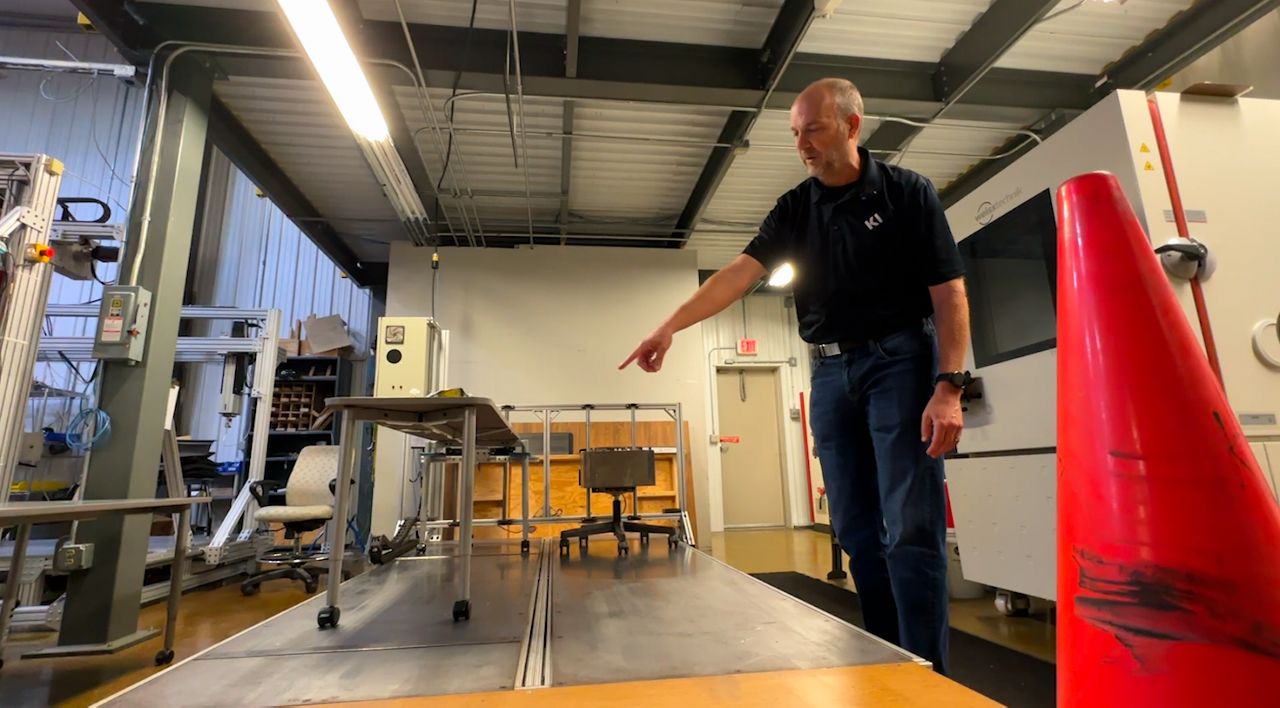
Hornberger said pushing products to their limits is part of the design process.
“What’s really important is every time you break something, you learn something about what you’ve designed and built,” he said. “That points to ways to make it better, more durable and a better value for our customers.”







